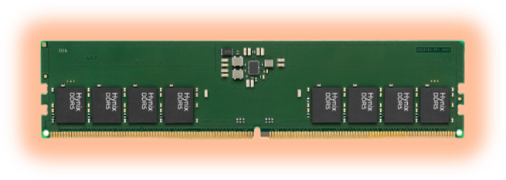Why multi-sourcing is now more relevant than ever

Natural disasters, (trade) wars, and geopolitical uncertainties showed the need for supply chain leaders to rethink their priorities even before the COVID-19 lockdowns, shutdowns, and travel bans. The pandemic put a magnifying glass on the weaker links in the semiconductor supply chain, resulting in some unprecedented component and product shortages. A complex supply chain will always be subject to vulnerabilities. The key to success is in how to prepare for disruptions and address them as they occur.
Marrying resilience and efficiency
For many years, the primary driver for procurement’s decision-making was cost. Theoretically, buying in bulk from one vendor comes with cost benefits, as well as better quality of service, and payment terms. Higher volume equals lower price per unit. As a result, engineering and procurement have traditionally put all their eggs in one basket. Today, risk management has become integral to sourcing, fueled by the COVID-19 crisis. Sound supply chain management considers the purchase cost and also factors in what the price tag will be when something goes wrong. Balancing operational efficiency, cost, and resilience is the new normal in supply chain management.
Multi-sourcing to build resilience
Building a safety stock of vulnerable components is often the first measure that comes to mind to tackle disruptions but it is also the most expensive one and often hard to justify to the executives and finance team. Instead, by identifying, testing, and approving the same or similar components from different sources, engineering and procurement can achieve the same tactical and strategic advantages without the risk of unused and costly buffers. In the past few years, multi-sourcing has rapidly established itself as the best strategy for supply chain resilience. Finding and qualifying alternate suppliers for key components today allows companies to quickly shift in the future when a component’s end-of-life is announced, or external events interrupt the course of business.
Supply chain resilience is not the only advantage of abandoning single-sourcing. When done right, multi-sourcing allows supply chain leaders to choose the best vendor for each task or application. It has the potential to reduce cost, increase flexibility, and improve quality, on top of risk mitigation.
The best time to start was yesterday
A recent study by Jabil showed that the benefits of a diversified supply chain and sourcing strategy are hailed by 80% of the surveyed professionals. However, when it comes to the actual implementation of the strategy, according to APQC only 31% of companies have an alternative source for 70% or more of their component suppliers. The main barriers to implementation are the upfront effort to identify and qualify multiple sources as well as the challenges of calculating the costs avoided by creating the safety net. In the current world, it is risky to rely on a single supplier for key components. Onboarding a new supplier can be cumbersome and time-consuming but well worth the effort for a company to de-risk its supply chain. Step one of the multi-sourcing process – identifying alternative component vendors – becomes easier with the right partner.
SMARTsemi is your supply chain partner for DRAM components, eMMC solutions, and SD/microSD Flash Memory Cards for long-life applications. With 20+ years of industry experience, we understand your challenges and have aligned our priorities with yours to simplify your memory chip supply chain for the long run. We know what you need before you need it. Get a jump start and request a sample today.







